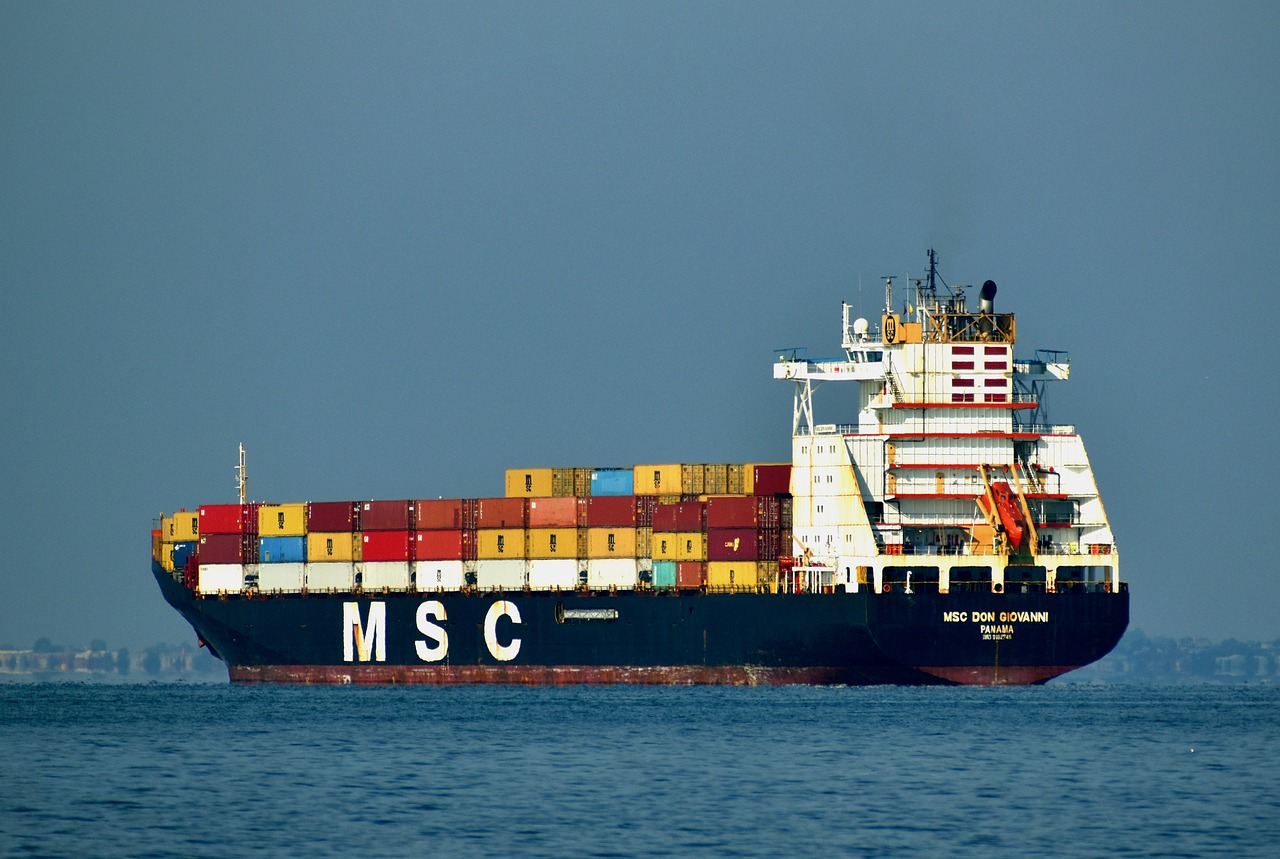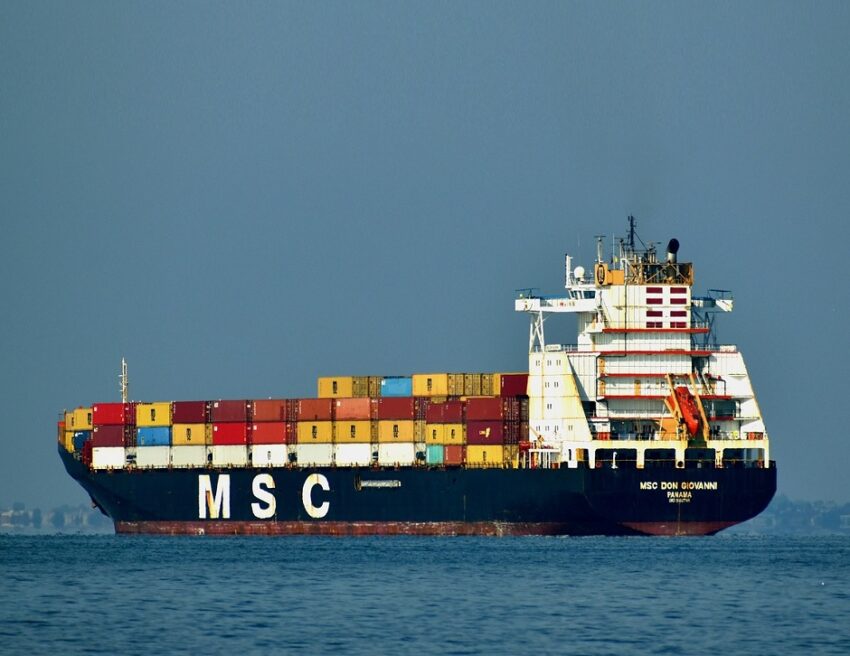In the unpredictable world of the container shipping industry, the last few years have been nothing short of a rollercoaster ride. From the soaring rates of early 2022 to the rock-bottom prices experienced in 2023, stakeholders are eager to discern what lies ahead in 2024. Will the container liners see a recovery, or are more challenges on the horizon? In this blog, we delve into the insights provided by industry reports and expert opinions to shed light on the potential scenarios awaiting the sea freight market in the coming year.
Balancing Increased Capacity with Volatile Demand in the Container Shipping Industry
In the ocean freight sector, a range of factors is unfolding – a decline in freight demand coupled with a surge in capacity. According to the international shipping association BIMCO, global container volumes are projected to witness a modest increase of 3% to 4% in 2024. Simultaneously, the global ocean fleet is expected to grow by 7.8%, reaching an unprecedented 2.7 million TEU.
For freight forwarders, this scenario translates into heightened competition. With customer loyalty potentially wavering, freight forwarders must intensify their efforts to stand out in the market. Strategies centred around exceptional customer service and the introduction of value-adding services become imperative in this landscape. Operational efficiency takes centre stage as well, serving as a crucial lever to maximize profitability in the face of challenging market conditions.
The competition among carriers for a shrinking pool of cargo is expected to exert continued pressure on rates. Therefore, in this environment, independent freight forwarders must balance offering competitive pricing and sustaining their financial health. The road ahead demands adaptability and resilience, as industry players strive to stand out, enhance operational efficiencies, and navigate the evolving dynamics of supply and demand in the transport and logistics arena.

Continued Low Rates in Ocean Freight Shipping Sector
The not-so-rosy news for the container shipping industry is that many analysts are not anticipating a significant upturn in rates. According to Container xChange’s 2024 report, a forecast of “reduced demand and oversupply” could lead to fierce competition, diminished profits, and potential mergers and acquisitions. BIMCO’s projection aligns with this, anticipating continued weakening in 2024 and 2025 due to the forecasted 8.4% annual growth in supply outpacing demand.
Simon Heaney, Senior Manager of Container Research at Drewry, pointed out that demand is expected to move sideways in the upcoming year, with global port throughput predicted to grow only around 2%. In contrast, the fleet is projected to grow three times faster, exacerbating the market’s over-capacity. The result? Record-low freight rates, putting immense downward pressure on the industry.
UPS echoes this sentiment, highlighting the Drewry Supply/Demand Index forecast for 2024, which stands at 74.3 – the lowest ever reported. This index indicates that supply is outpacing demand, leading to low-rate levels.
Climate Change and Geopolitical Tensions Will Take Center Stage
As the independent freight forwarders reflect on the trends that shaped 2023, black swan events stood out as key disruptors. However, as the calendar turns to 2024, the focus is set to shift away from the unpredictability of random occurrences towards the looming, disruptive forces of climate change and geopolitical unrest. These factors have the potential to impact resource supplies, disrupt transportation routes, interrupt production processes, and elevate costs across the supply chain.
Research indicates a concerning rise in the frequency of natural disasters such as droughts, hurricanes, and wildfires. In 2023, for instance, low water levels significantly affected container traffic through critical waterways like the Panama Canal, the Yangtze River in China, and the Rhine in inland Europe. Simultaneously, global tensions and conflicts, both ongoing and emerging, pose a substantial threat to supply chain operations and investments.
In this complex landscape, the ocean freight industry finds itself at a pivotal juncture, compelled to prioritize agility, flexibility, and visibility. The ability to anticipate challenges and swiftly navigate disruptions in the supply chain becomes paramount. The objective is clear – to thrive amidst climate change and geopolitical uncertainties, ocean freight forwarders must embrace a proactive and adaptive approach, ensuring they are well-equipped to steer through the uncertainties that lie ahead.
Further Investments in Digitization in Container Shipping
In a significant stride toward modernization and collaboration, the Digital Container Shipping Association (DCSA), a Dutch non-profit boasting nine major carriers, including industry giants such as Maersk, MSC, Hapag-Lloyd, and Yang Ming, has successfully unified its members in the pursuit of standardizing electronic bills of lading (eBL). While the process was not without its challenges, and the timeline set for full compliance stretches out to 2030, the resounding message for supply chain leaders grappling with complex issues like Scope 3 carbon accounting is crystal clear – embrace industry cooperation and forge ahead.
A rising tide of platforms is set to emerge, each built on standards that facilitate interoperability. Looking ahead, within the next five years, a groundbreaking shift is anticipated: the seamless, automatic exchange of digital bills of lading between platforms through Application Programming Interfaces (APIs). This vision signifies a departure from the current landscape, where data exchange and collaboration between platforms often require manual interventions and intricate integrations. The move toward interoperability is a strategic response to the growing complexity of global supply chains and the need for streamlined, efficient, and interconnected systems.
The emergence of technology platforms operating on shared standards is poised to unlock new levels of efficiency and collaboration within the industry.
Rise of Smart Containers
While the emergence of smart containers is already underway, the widespread adoption of this transformative technology faces a significant hurdle – the substantial investment required. Within a conservative five-year timeframe, it’s unlikely that smart containers will become the majority in the shipping industry. However, next year, industry experts predict a tipping point where the compelling benefits of smart containers will become evident to all stakeholders, including regulators and customs bodies.
More Efforts toward Sustainable Operations
A significant paradigm shift is underway, with businesses increasingly committing to enhancing the sustainability of their supply chains. Findings from the world’s largest CEO study on sustainability, conducted by the United Nations Global Compact and Accenture, reveal that nearly half of CEOs now view supply chain responsibility as an integral component of their sustainability strategy. The spotlight is now on whether this momentum can be sustained in the face of challenges posed by the business environment.
A key question on the horizon is the willingness of customers to bear the added costs associated with sustainable logistics. The success of sustainable initiatives hinges on consumer acceptance and the broader industry’s ability to communicate the value of eco-friendly practices. Additionally, the role of freight forwarders becomes pivotal – will they prioritize collaboration with carriers and agents dedicated to advancing sustainability, thus catalyzing positive change throughout the supply chain?
As we embark on 2024, the container shipping industry finds itself at a crossroads, tasked with not only meeting regulatory requirements but also navigating the complex dynamics of consumer behaviour and business partnerships. The choices made in this pivotal year will shape the trajectory of sustainability in the transport and logistics sector, influencing not only environmental impact but also the resilience and long-term viability of businesses in an evolving global landscape.



